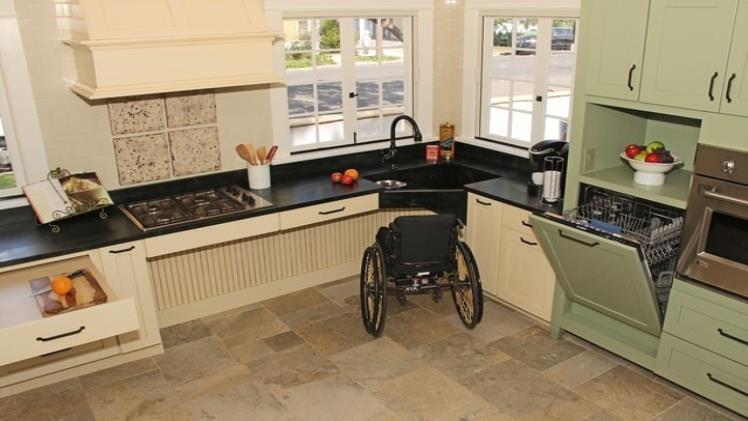Apartment Accessibility: Tips for People with Disabilities

Finding an apartment that suits your needs can be a challenge, especially for people with disabilities. Accessibility is not just about ease of movement; it’s about comfort, independence, and safety. This article provides essential tips for finding and creating an accessible living space that caters to the unique needs of individuals with disabilities.
Understanding Accessibility Requirements
Assessing Your Needs
The first step in finding an accessible apartment is to clearly understand your specific needs. This might include considerations for wheelchair access, bathroom modifications, or sensory-friendly environments. Knowing what you need will help you narrow down your search and ask the right questions during apartment viewings.
When searching for an apartment, it’s crucial to have access to a wide range of options. Online platforms listing apartments for rent can be invaluable resources, offering filters that can help you find accessible apartments in your desired area.
Familiarizing Yourself with ADA Compliance
The Americans with Disabilities Act (ADA) sets the standards for accessible design. While ADA compliance is more commonly associated with public spaces, many of its guidelines are applicable to residential settings. Familiarizing yourself with these standards can help you identify whether an apartment meets your accessibility needs.
Finding an Accessible Apartment
Using Online Resources
Leverage online resources that specialize in accessible housing. These platforms often have filters that allow you to search for apartments with specific accessibility features like wheelchair access, grab bars, or elevators.
Inquiring About Accessibility Features
When contacting landlords or property managers, be specific about your accessibility needs. Ask about the availability of features such as ramps, wide doorways, accessible bathrooms, and parking spaces. Clear communication can save time and help you find a suitable apartment more efficiently.
Making Modifications for Accessibility
Negotiating with Landlords
If you find an apartment that suits your needs but requires some modifications for accessibility, discuss this with the landlord. In many cases, landlords are willing to make reasonable accommodations, or they may allow you to make changes at your own expense.
DIY Accessibility Hacks
There are numerous DIY hacks that can improve accessibility in an apartment. Adhesive grab bars, portable ramps, and touch-activated lamps are just a few examples. These solutions can be cost-effective and make a significant difference in your day-to-day life.
Navigating Financial Assistance
Exploring Funding Options
Modifying an apartment for accessibility can be expensive. Look into government programs, grants, and non-profit organizations that offer financial assistance for people with disabilities. These funds can be used for making modifications like installing grab bars, ramps, or stairlifts.
Understanding Your Rights
Understand your rights as a renter with disabilities. The Fair Housing Act prohibits discrimination against renters with disabilities and requires landlords to allow reasonable modifications for accessibility. Knowing your rights can empower you to advocate for the accommodations you need.
Building a Supportive Community
Connecting with Neighbors
Building relationships with neighbors can create a supportive community around you. Neighbors can be a great source of assistance in times of need and can enhance your overall living experience.
Utilizing Local Resources
Look into local resources and organizations dedicated to supporting people with disabilities. These groups can offer advice, support, and community connections that can be invaluable in making your living experience more comfortable and enjoyable.
Conclusion
Living with a disability presents unique challenges, but finding an accessible apartment doesn’t have to be one of them. By understanding your needs, utilizing the right resources, negotiating with landlords, and exploring financial assistance options, you can find an apartment that not only meets your accessibility requirements but also feels like home. Remember, your comfort and independence are paramount, and with the right approach, you can create an accessible living space that supports your lifestyle.





